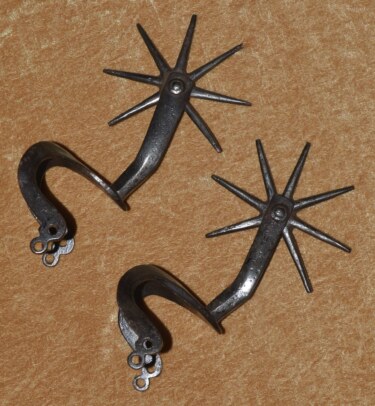Description
Greek Fire was one of the most significant military inventions in history and its use saved
the Byzantine Empire for centuries from Arab attacks. The exact formula for this flammable
liquid remains a secret to this day. Purportedly invented in the 7th C by Kallinikos of
Heliopolis, a Jewish architect who fled Syria after an Arab attack on his home city and later
settled in Constantinople, he also invented the complex system which propelled the liquid
across long distances. It was first used at sea where it was particularly effective against
wooden ships, as it could not be put out with water. It was later delivered via clay grenades,
either by hand or by launching with a catapult. This example is a hollow clay vessel with an
urn-shaped body with a ridge running around the upper portion, domed top, and conical
base. Decorated over its surface with incised diagonal lines forming a grid, with circles in
the center. Spout on the upper face to facilitate filling and the addition of a wick. Very good
condition, complete and undamaged. Length 5 5/16″ (135 mm), width 3 3/8″ (85 mm),
weighs 18.4 ounces (521 g). From a London art gallery, formerly in a private Oxfordshire
collection and originally acquired on the European art market.







 Central African Yakoma Club Knife, 19th C
Central African Yakoma Club Knife, 19th C  Fine French First Empire Senior Officer’s Saber
Fine French First Empire Senior Officer’s Saber  Scarce NAZI German Desk Ornament/Statue
Scarce NAZI German Desk Ornament/Statue  Rare Polish/Hungarian Hussar Spurs, 16th C
Rare Polish/Hungarian Hussar Spurs, 16th C